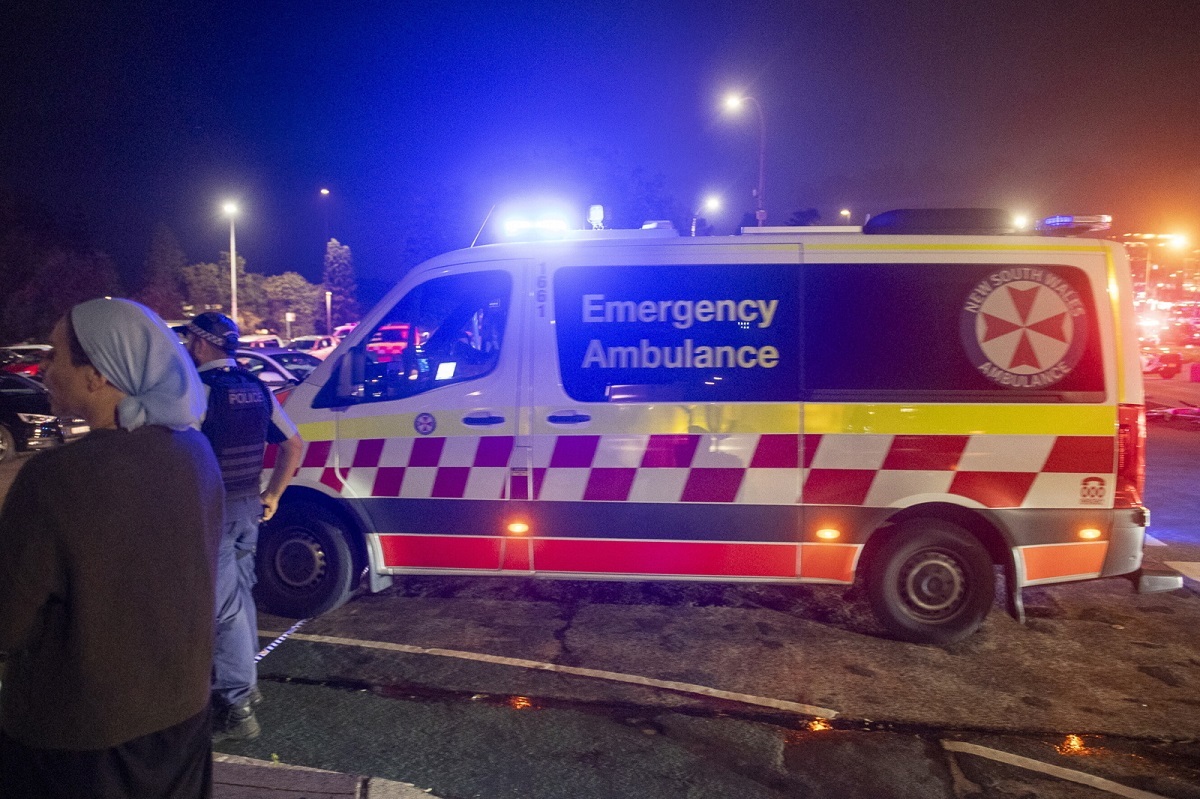
The crash of Air India (AI) Flight 171, which killed over 270 people shortly after takeoff from Ahmedabad (AMD), has spotlighted the Boeing 787 Dreamliner, a model once hailed as among the safest in aviation history.
The widebody jet, en route to London (LGW), was part of a global fleet of over 1,100 Dreamliners in service. While the cause remains under investigation, with black box data now retrieved, the tragedy has renewed scrutiny on the aircraft’s manufacturing record and whistleblower allegations against Boeing, reported the BBC.
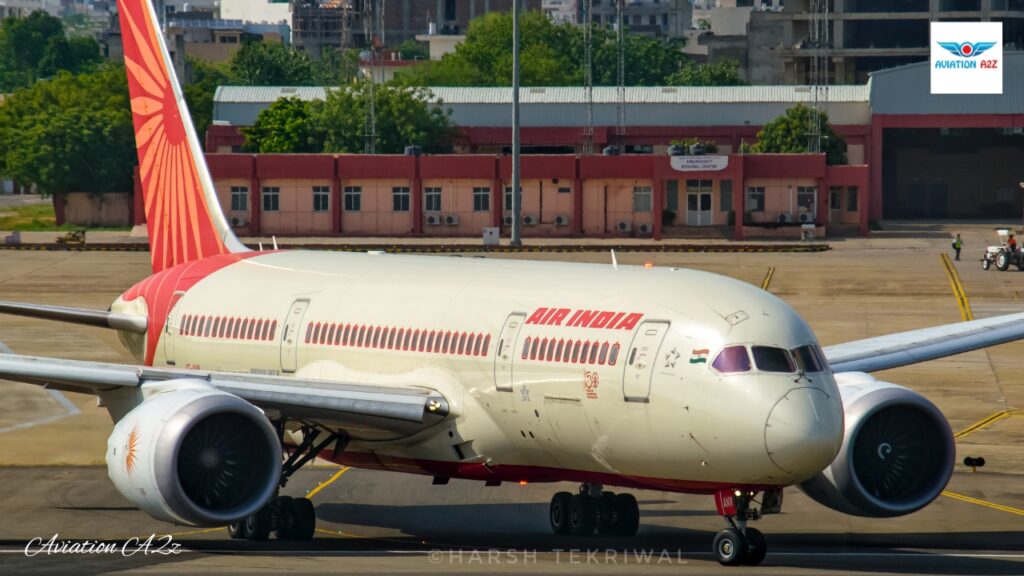 Photo: Photo: avgeekwithlens/ Harsh Tekriwal
Photo: Photo: avgeekwithlens/ Harsh TekriwalRenewed Concerns Over Boeing 787 Program
The Boeing 787, once celebrated as a revolutionary aircraft for its fuel efficiency and composite materials, had an exceptional safety record for nearly 16 years.
Since its commercial debut in 2011, the model has flown over a billion passengers without a single fatal crash—until the Air India Flight AI 171 disaster.
Despite its track record, Boeing has faced recurring quality control issues in the Dreamliner’s production. Multiple whistleblowers—including former quality managers and current engineers—have flagged systemic safety concerns at the company’s South Carolina plant.
Allegations include the use of defective parts, inadequate inspections, and shortcuts that potentially compromise long-term airworthiness. These reports, though consistently denied by Boeing, have cast a shadow over the manufacturer’s safety culture.
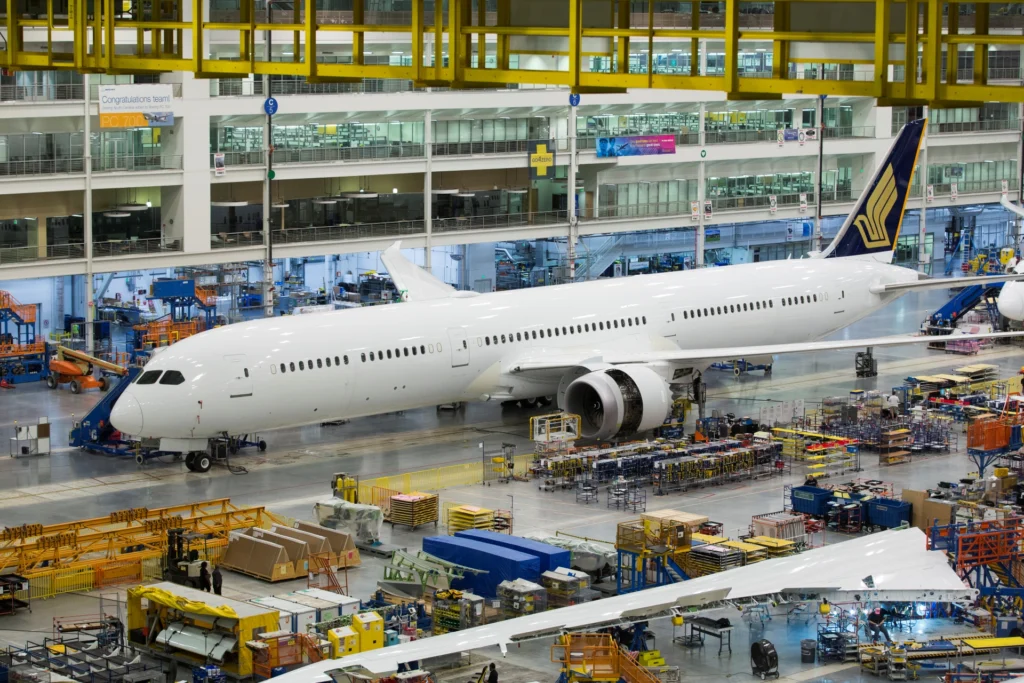 Photo: Boeing
Photo: BoeingOrigin of the Boeing 787
The 787 Dreamliner was Boeing’s response to rising oil prices and post-9/11 changes in travel demand. Initially exploring a high-speed “Sonic Cruiser,” Boeing shifted focus to fuel efficiency under airline pressure.
The Dreamliner offered airlines a way to fly long-haul, point-to-point routes economically, bypassing traditional hub-and-spoke networks.
Airbus pursued the opposite approach with the A380 superjumbo, which prioritized volume over versatility.
In hindsight, Boeing’s smaller, composite-built aircraft outperformed its rival: the A380 was discontinued in 2021 after just 251 units, while Dreamliner deliveries have topped 1,100 units globally.
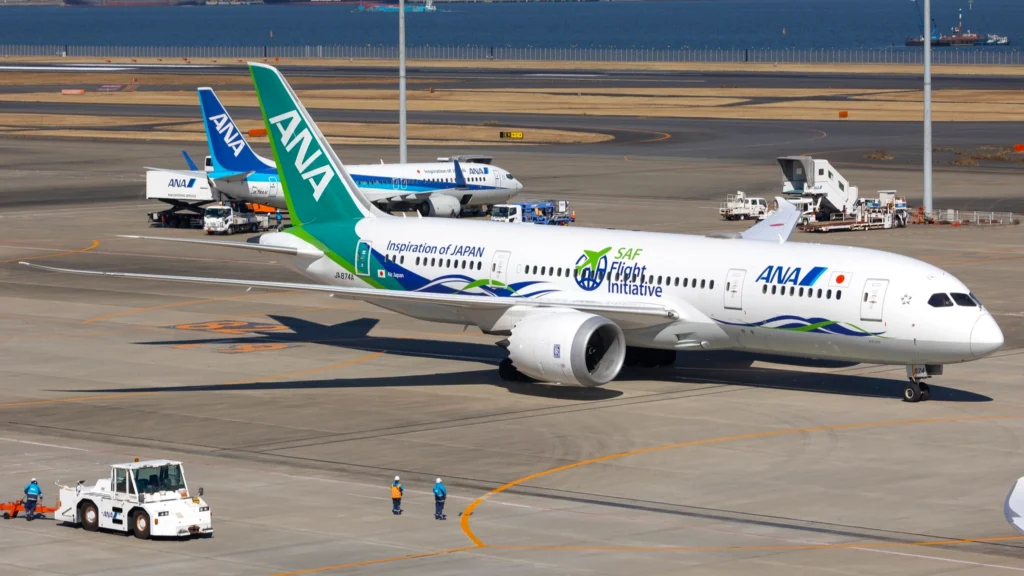 Photo: Kwok Ho Eddie Wong | Flickr
Photo: Kwok Ho Eddie Wong | FlickrEarly Setbacks
The Dreamliner’s early years weren’t flawless. In 2013, two lithium-ion battery incidents, one at Boston Logan (BOS) and another during a Japan domestic flight, prompted a temporary global grounding.
Boeing redesigned the battery system, and the aircraft returned to service, but the incidents revealed the risks of advanced technology paired with rushed production timelines.
Manufacturing Defects and Whistleblower Revelations
Since 2019, Boeing has uncovered multiple production issues affecting the 787’s fuselage assembly, component traceability, and electrical system safety. Deliveries were suspended twice between 2021 and 2023 as inspections intensified.
Whistleblowers have played a crucial role in exposing internal issues. The late John Barnett alleged that Boeing South Carolina workers used untracked or defective parts and that metal shavings were found in sensitive wiring zones. FAA audits partially upheld these claims, confirming missing parts and contamination.
Other whistleblowers, such as Cynthia Kitchens and Sam Salehpour, highlighted unsafe manufacturing shortcuts, substandard materials, and persistent structural concerns. Salehpour, currently employed at Boeing, warned that unresolved fuselage gap issues could cause premature fatigue across hundreds of Dreamliners.
Boeing maintains these claims are unsubstantiated and insists that FAA-monitored analyses show no threats to flight safety or airframe durability.
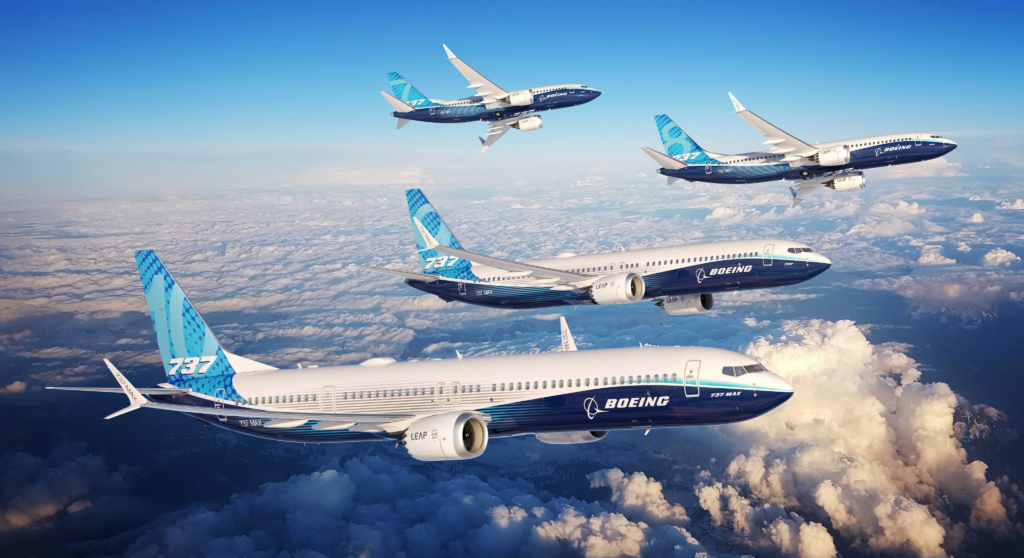 Photo: Boeing Airplanes
Photo: Boeing AirplanesCorporate Oversight, Culture, and Public Confidence
Following the 737 MAX crisis, Boeing’s credibility has taken repeated hits. The Dreamliner program’s legacy, though relatively strong in flight history, is now questioned in light of whistleblower claims and leadership failures.
CEO Kelly Ortberg has pledged internal reforms and closer collaboration with regulators. Yet experts warn that reputational damage and possible design legacy issues may continue to pose risks.
Still, industry analysts such as Richard Aboulafia argue the 787’s in-service track record suggests any major structural flaws would have surfaced by now. “Over 1,200 jets in operation for more than a decade without a fatal crash is an impressive record,” he said.
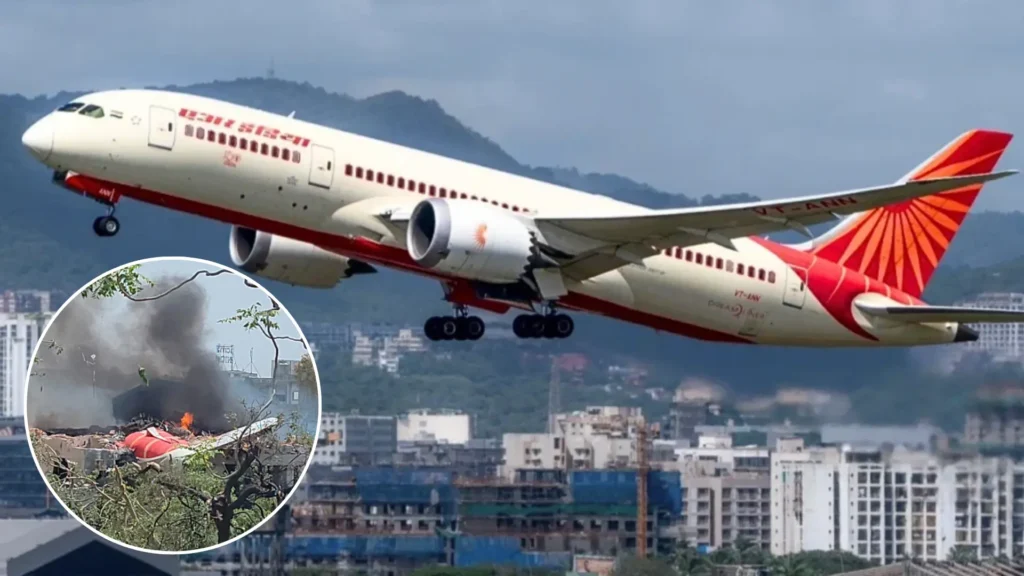 Photo: Siddh Dhuri, Compounded by Aviation A2Z
Photo: Siddh Dhuri, Compounded by Aviation A2ZPending Investigation and Cautious Optimism
The aircraft involved in the Air India (AI) crash was more than 11 years old and had been in service since 2013. As investigators examine flight recorder data, potential design flaws, maintenance lapses, or airline-specific issues remain under evaluation.
Advocacy groups like the Foundation for Aviation Safety have flagged prior 787 issues, such as undetected water leaks near electrical systems. Nonetheless, aviation safety experts urge caution against premature conclusions.
“We simply don’t know yet what caused the crash,” said aviation consultant Scott Hamilton. “But based on what we do know about the plane, I would not hesitate to fly on a 787.”
Stay tuned with us. Further, follow us on social media for the latest updates.
Join us on Telegram Group for the Latest Aviation Updates. Subsequently, follow us on Google News
FAA Approves Reduced Crew on American Airlines’ Boeing 787-9
The post How Boeing Build 787, One of Safest Aircraft in the World Until June 2025? appeared first on Aviation A2Z.

 5 miesięcy temu
5 miesięcy temu




